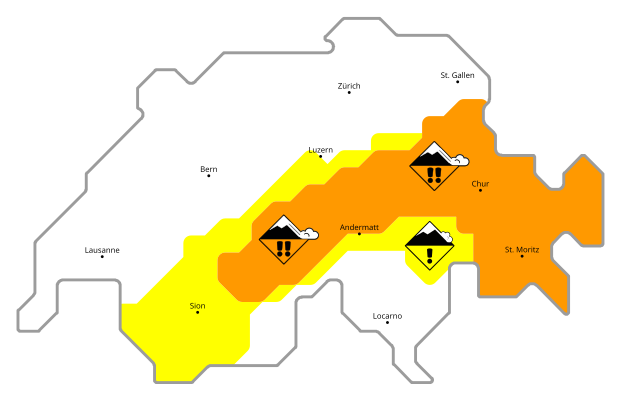Quality wood production from chestnut coppice sands
1998 - 2025
Traditionally, chestnut forests for timber production were treated as short rotation (12-25 years) coppice stands without any thinning or selection treatment, for the production of poles for local use. Nowadays, the fragmented ownership structure, the lack of a functioning timber transformation chain, and general low percentage of high quality wood produced in the traditional coppice stands, make difficult an efficient and profitable trading activity.
This lead to the development of new silvicultural approaches aiming at the production of high quality timber from coppice stands contributing to the improvement of the rural economy in marginal areas and reducing the ecological costs due to the timber import.
In 1998, the Italian Institutions as the Forestry Research Center of Arezzo CRA-SEL, the TESAF Department of Padova University and the Swiss Federal Research Institute WSL, initiated a common research program aiming at the definition of silvicultural approaches for the production of high quality chestnut timber by minimizing the costs and improving the functional features and the stability of the coppice stands.
In particular following treatment options are tested:
| Single tree oriented silviculture (option A) | 100-150 target trees per hectare are selected and the space around them made free in order to get their crown completely isolated. The stems were green pruned up to an height of about 5 m. The thinning concerned only the the shoots and the standards around the target trees, whereas no treatment has been made in the remaining stand. The trees were selected according to the tree vigour, the morphology of the stem, the shape of the crown, the presence of diseases (e.g. chestnut blight) and the spatial distribution. Further thinnings arecarried out according to the reaction of the competitors to the target individuals. |
| Stand silviculture (option B) | High intensity (50% of the shoots left) early and frequent thinnings mostly from below of each stool on the stand in order to allow the remaining individuals to constantly display a well-developed dominant canopy layer. |
| No treatment option (Option C, control) | In order to make the experimental trials as realistic as possible, the detailed application of the silvicultural options has been adapted and fine-tuned on the local conditions. |
In each experimental plot, the surveys are carried out before and after thinning, and yearly at the beginning of the vegetative season. Dimensional (diameter at breast height - dbh - and total tree height- H), structural (tree coordinates and individual social rank) and ecological (Leaf Area Index, transmittance, incidence of the chestnut blight and game damages) parameters are collected.
Study areas

In Switzerland, 3 study areas are implemented so far:
- Bedano (1998)
- Gerra Gambarogno (1999)
- Pura (2002)
